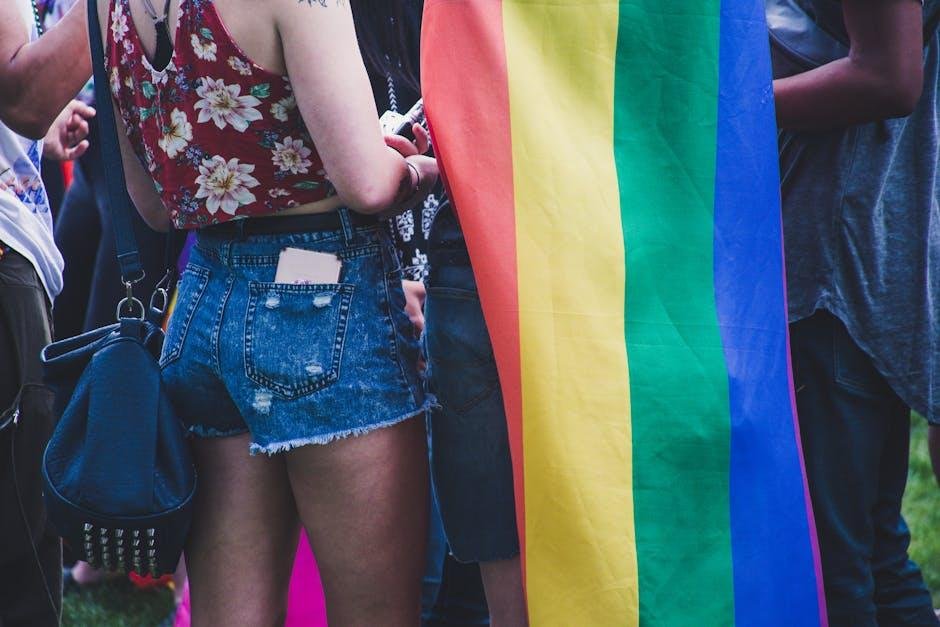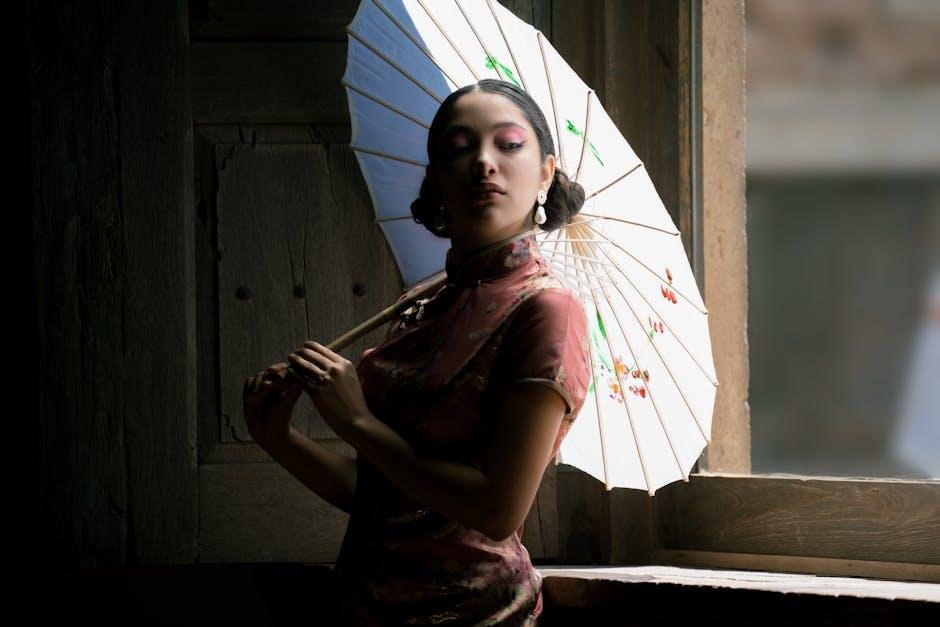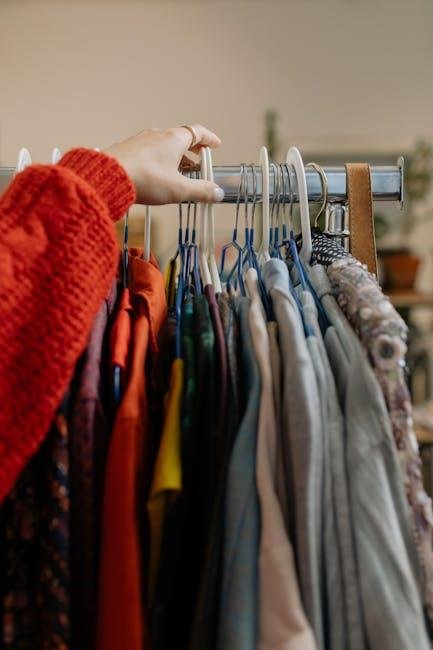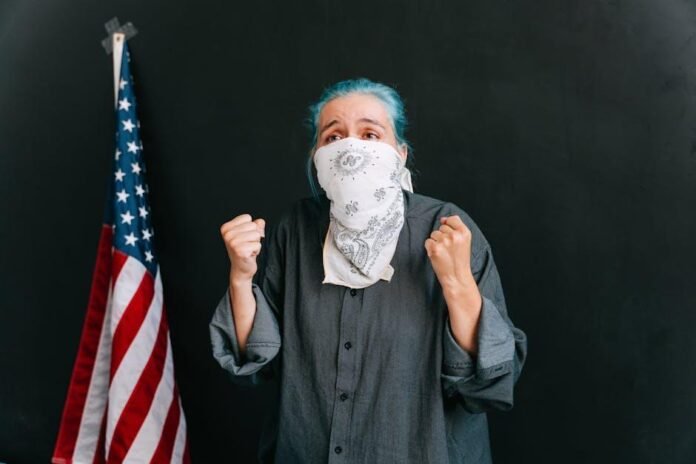In the heart of fashion week, where high heels click against the catwalk and fabrics flow like whispers of change, a new trend emerges that stitches together artistry and activism: political fashion. As designers drape their creations over the bodies of models, they are not just showcasing cutting-edge aesthetics; they are weaving intricate narratives that challenge societal norms and spark dialogue. Gone are the days when fashion was merely a reflection of personal style; today, it serves as a potent platform for political expression.From bold prints that echo social movements to garments that bear poignant messages, the runway has transformed into a canvas of conviction, inviting spectators to not only admire but also reflect upon the pressing issues of our time. In this article, we will explore how the intersections of fashion and politics are shaping contemporary narratives, and how designers harness the power of fabric and form to make bold statements that resonate beyond the confines of the stage.
Political Symbols in Fabric: How designers Translate Ideologies into Fashion
Fashion has always been a mirror reflecting societal values, and today’s designers are blending political symbols with fabric artistry to create striking statements. The runway transforms into a platform where garments become canvases to express ideologies, giving voice to movements like feminism, environmentalism, and social justice. Designers adopt elements from the political landscape, such as the power fist, peace signs, and even specific colors associated with various causes, effectively weaving meaning into textiles. These symbols not only captivate audiences but also provoke conversation, prompting individuals to contemplate the stories behind the clothes they wear.
Furthermore, designers often collaborate with activist groups, ensuring that their collections push the boundaries of traditional fashion. The incorporation of bold graphics and provocative slogans amplifies messages, challenging the status quo. For example, a recent collection may feature:
- Recycled Materials: Highlighting sustainability, garments created from upcycled fabrics emphasize the urgency of combatting climate change.
- Color Palettes: Using colors like violet for gender equality or green for environmental campaigns can create an instant recognition of the associated movements.
- Cultural References: Integrating indigenous designs to honor and recognize social injustices faced by marginalized communities.
Through these creative interpretations, fashion not only dresses the body but also the mind, inviting wearers to align their personal style with their political beliefs. In this way, the runway serves as a dynamic arena where each collection is not just a statement of aesthetic value but a tapestry of cultural dialogue and shared aspirations.

The Power of Color: Impact and Significance of Political Palettes on the Runway
The interplay of color in fashion serves as a vibrant canvas for political statements,transcending typical boundaries and sparking conversations that resonate far beyond the runway.Designers are increasingly harnessing the nuance of color to convey messages of resistance, solidarity, or progress.For instance, red often symbolizes activism and urgency, while blue conveys tranquility and trust. This color-coded language becomes especially pronounced during political events, where a designer’s choice can symbolize alignment with a cause or a call to action. By tapping into the cultural significance of color, designers are fashioning not just garments but powerful tools for embracing social movements.
The impact of these color palettes extends into the realm of public perception. Bold shades can become synonymous with particular political ideologies, nearly establishing a visual dialect for the viewer. The following table illustrates some of the prevalent colors used on runways and their associated meanings in a political context:
| color | Political Significance |
|---|---|
| Red | Activism, urgency, passion |
| Blue | Trust, calmness, stability |
| Green | Sustainability, growth, hope |
| Black | Power, elegance, rebellion |
The significance of these colors is magnified on the runway, transforming fabrics into emblems of political expression. As audiences engage with these visual narratives, they showcase the dynamic relationship between fashion and the socio-political environment, highlighting how color choices can echo the sentiments of the moment and galvanize movements.

Cultural Statements: Incorporating Heritage and Activism into Fashion Design
In recent years, the fashion industry has seen a profound shift towards cultural expression and activism, as designers weave their personal heritages and social convictions into their collections. This transformative approach not only celebrates beauty but also tells powerful stories about the past and present struggles of marginalized communities. Designers are increasingly incorporating elements that reflect their roots, using motifs, patterns, and materials that resonate with their cultural identities. Such as, traditional indigenous textiles are reinterpreted on the runway, symbolizing a reclamation of cultural narratives while together addressing contemporary issues such as land rights and artisanal recognition.
Moreover, the integration of activism within fashion design serves as a vital platform for raising awareness and sparking dialogue about pressing societal issues. Collections showcasing themes of gender equality, environmentalism, and political dissent have captivated audiences, drawing attention to causes that resonate beyond the fabric.Designers are not afraid to make bold statements through their garments, employing slogans and graphics that challenge the status quo. Some key components of activist fashion today include:
- Local artisanship: Promoting sustainable practices and supporting local economies.
- Recycled materials: Utilizing upcycled fabric to minimize waste and environmental impact.
- Inclusive sizing: Advocating for body positivity and inclusivity in fashion.
- Political messaging: Fusing strong messages with aesthetic appeal to provoke thought and conversation.
| Designer | Heritage Influence | Activism Focus |
|---|---|---|
| Prabal Gurung | Nepalese traditions | Gender equality |
| Maria Grazia Chiuri | Italian feminism | women’s rights |
| Brandon Maxwell | American southern culture | Body positivity |

Sustainable Fashion as Political Protest: The Ethical Choices Influencing Trends
In today’s fashion landscape, the lines between personal expression and political activism are increasingly blurred. Designers are leveraging the runway to spotlight ethical choices that challenge prevailing norms. This convergence of fashion and politics manifests in collections that prioritize sustainability, often showcasing materials sourced from recycled products or innovative, eco-friendly textiles. As these collections emerge, they advocate for awareness around environmental degradation and advocate for labour rights, making consumers consider their purchasing power as a vote for a cause. A few of the key trends include:
- Upcycled Fashion: transforming waste into high-end garments.
- Vegan Materials: using alternatives to leather and fur.
- Circular Fashion: Emphasizing rental and resale markets.
This shift toward ethicality doesn’t just resonate on the runway but spills into the public view, where fashion shows serve as a platform for protest. Designs frequently enough reflect critical social issues, pushing boundaries through statements that confront climate change, racial injustice, and gender equality.The influence of these collections can be quantified; a simple illustration of the current trends reveals the growing alignment of consumer values with fashion choices:
| Trend | Consumer Interest (%) |
|---|---|
| Upcycled Designs | 72 |
| Vegan & Eco-Materials | 65 |
| Fair Trade Practices | 58 |
Insights and Conclusions
As we step back from the vibrant runway where fashion and politics entwine in a captivating dance, it’s evident that clothing transcends mere fabric and thread. Each garment, whether a bold statement or a subtle nod, carries with it the weight of ideology and the hope for change. Designers are not just creators; they are storytellers, using their platforms to provoke thought, inspire dialogue, and reflect the currents of our society.
With every season that unfolds, the relationship between political discourse and fashion evolves, reminding us that the personal is indeed political.As consumers, we must remain discerning, recognizing that our choices carry implications that extend beyond style and trend.Perhaps the greatest statement we can make is through our engagement with these narratives,thoughtfully considering how they shape our understanding of the world.
In this ever-changing landscape, one thing remains constant: the runway is a mirror held up to our society, reflecting the complexities of our collective experience. So as we leave the catwalk behind, let us continue to engage with the powerful messages woven into our wardrobes, sparking conversations that resonate far beyond the fashion industry.



